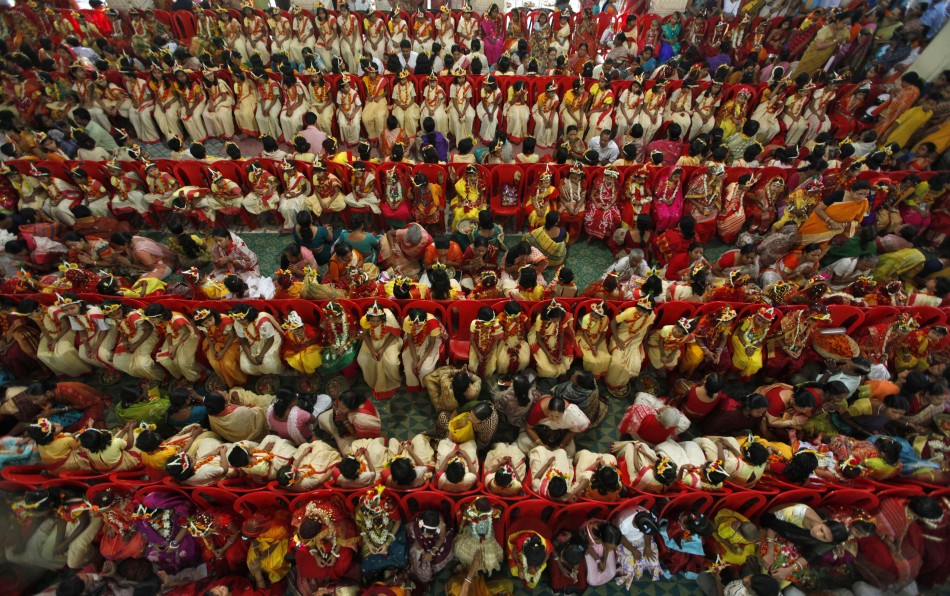It's that time of the year again when devotees get ready to welcome Goddess Durga for nine days. 'Nav' means nine and 'ratri' is night, so the celebration lasts for nine nights, or as many days.
Navratri -- which commences on 13 October -- is celebrated to honour Goddess Durga and her nine forms. The celebrations begin on the first day of the month of Ashvin according to the Hindu calendar.
It concludes with the festival of Dussehra, on the tenth day. This year, the day falls on 22 October.
The nine forms of Goddess Durga is said to symbolise creative energy and the feminine body. Each form of the goddess has its own day dedicated to it.
West Bengal and Gujarat are particularly known to celebrate the festival in a grand manner. Here is how India celebrates Navratri festival:
For Bengalis, especially those in West Bengal, Durga Puja is the most important festival during which they worship Shakti. The popular belief is that during those nine days Maa Durga visits their maternal home after killing the evil – Mahishasura.
In Gujarat, the festival is marked with dhol, garba and dandiya. Women and men in vibrant costumes perform the folk dance to celebrate those nine days.
Apart from Bengal and Gujarat, many other states also celebrate the festival.
In Punjab, most people observe fasts for seven days and organise Jagraata which is worshipping Goddess Durga throughout the night by singing bhajans, reciting aarti, and dancing. On the eighth day, the fast is broken and they organise a feast for nine young girls and gift them red chunri.
In Maharashtra, Navratri is seen as an auspicious time to buy new things and for new beginnings.
Himachal Pradesh, unlike other states, celebrates only the tenth day. It is called Kullu Dusshera and is marked as the day when Lord Ram returned to Ayodhya after 14 years of vanwas (exile).
In Andhra Pradesh, the nine days are dedicated to Shakti. They call it Batukamma Panduga which means 'come alive mother goddess'.
In Tamil Nadu, women from Iyer community invite married women to their homes in the evening and gift them bangles, earrings and other accessories that symbolise their marital status.
In Kerala, only last three days – Ashtami, Navami and Vijaya Dashmi are celebrated. They dedicate their worship to the goddess of knowledge and learning – Maa Saraswati.
In many other places, 'Kanya Poojan' (worshipping girl children) is done. The tenth day is celebrated as Dussehra in the country as the day when Lord Ram killed Ravana. It symbolises the victory of good over the evil.
Check out the slideshow that depicts the vibrant colours of Navratri celebration in India.



















